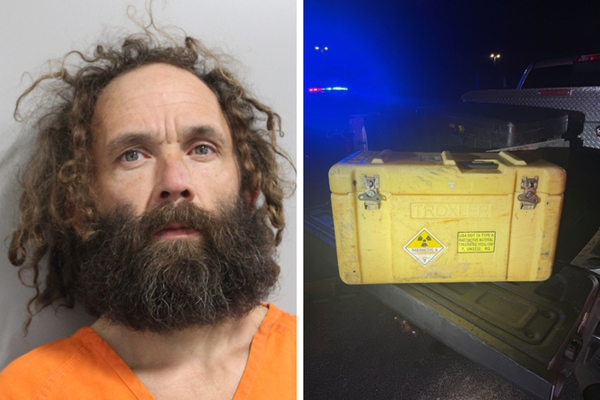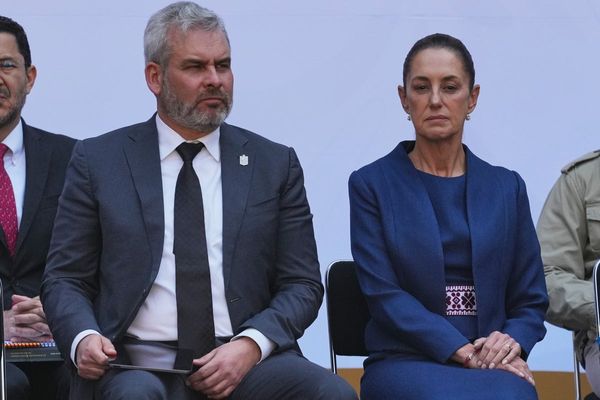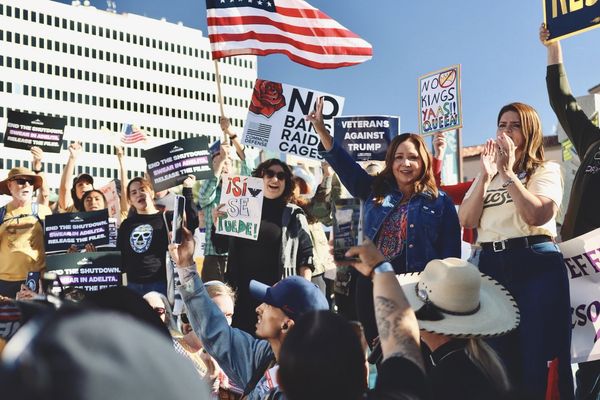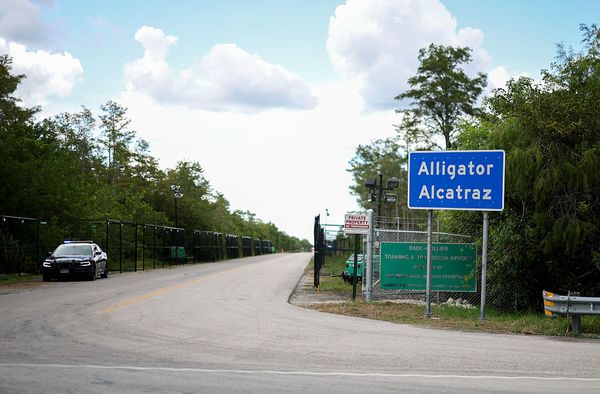New details are coming to light as the investigation into the collision between a Black Hawk helicopter and a passenger jet in Washington progresses.
The crash, which claimed 67 lives and stands as the worst aviation disaster in the US in decades, occurred when the Black Hawk was reportedly flying at an unsafe altitude.
Army Capt. Rebecca Lobach, the helicopter’s pilot, is said to have ignored instructions to steer away from the approaching American Airlines aircraft.
According to the New York Times, Lobach was flying the helicopter as part of a yearly evaluation of her piloting skills.
Army Capt. Rebecca Lobach, who was piloting the Black Hawk helicopter before the crash that claimed 67 lives, reportedly failed to follow her instructor’s directions

Image credits: Alan Wilson / Flickr
Her instructor, Chief Warrant Officer 2 Andrew Eaves, was on board, along with 28-year-old Staff Sgt. Ryan O’Hara.
The newspaper reported that Lobach was told by her instructor that air traffic controllers wanted them to turn left toward the river bank, and away from the incoming commercial jet, about 15 seconds before the collision.
However, Lobach did not follow Eaves’ instructions to change course.

As per the Times, there is no indication in public records that Lobach was “suffering from health issues” or that a medical emergency affected her prior to the crash on January 29 outside Ronald Reagan Washington National Airport.
“This was a 100% crew error. No one thinks it was deliberate. It was a bad situation on a route that was a recipe for disaster,” a Black Hawk pilot told People.
“If you have to pin this on someone, it’s the instructor. He should have grabbed the stick. He has the authority to do that.
“But we don’t know those final moments,” the Army pilot added. “He might have been reaching for the stick. He might have been taking over when the crash happened. It was a crew error, no doubt. But it wasn’t deliberate. I’m sure of that.”
Lobach was undergoing a routine evaluation flight with instructor Chief Warrant Officer 2 Andrew Eaves and Staff Sgt. Ryan O’Hara on board

Lobach’s assignment that night was to navigate a scenario simulating the evacuation of members of Congress or other senior government officials from the nation’s capital during an attack.
The Times reported that Eaves, her instructor, had flown more than twice as many hours over time.
But there were other factors that likely contributed to the crash.

Before the collision, an air traffic controller alerted the crew to a regional passenger jet in its vicinity.
The crew acknowledged seeing traffic nearby and asked for permission to employ “visual separation,” a routine practice that allows a pilot to take control of navigating around other aircraft instead of relying on an air traffic controller.
The controller approved the request.
Seconds before the collision, Eaves told her to turn left and distance the helicopter from the commercial flight

Though the controller had delegated the prime responsibility for steering clear of neighboring air traffic to the Black Hawk crew, he continued to monitor the helicopter as his job required.
However, he reportedly failed to issue “clear, urgent instructions” to the Black Hawk to avoid the jet.
But it’s unclear whether the crew would have been able to hear them. Radio communications, the means of interaction between controllers and pilots, reportedly broke down shortly before the crash.
“Some of the controller’s instructions were ‘stepped on’ — meaning that they cut out when the helicopter crew pressed a microphone to speak — and important information likely went unheard,” the Times reported.
🇺🇸 Female Black Hawk pilot ignored command to turn, plowed straight into passenger jet – NYT
At time of DC crash, Capt. Rebecca Lobach was flying too high, and disregarded multiple warnings from copilot and ATC
67 people died in that crash pic.twitter.com/24BKqK5Khh
— CAIN66X92 (@XTechPulse) April 27, 2025
Additionally, one feature that would allow air traffic controllers to better track the helicopter had been turned off, due to Army protocol meant to allow pilots to practice how to secretly fly government officials.
These factors took place amid deficiencies in US aviation, which included a shortage of staff among air traffic controllers.
At the time of the crash, a single controller was working both helicopter traffic and commercial traffic, a job that should be done by two controllers.
National Airport is one of five airports in the United States that the FAA (Federal Aviation Administration) designates as complex because of its high density.
The FAA said that it could not discuss “any aspect” of an ongoing investigation led by the National Transportation Safety Board but noted that “pilots are responsible for keeping themselves safely separated from other aircraft.”
It remains unknown why Lobach did not follow Eaves’s instructions 
Image credits: katiecouric / Instagram
Investigators from the NTSB are expected to issue their final report on the causes of the crash by early 2026.
Following the tragedy, the FAA has reportedly banned most helicopter flights along a portion of the route the Black Hawk used.
It has also limited the use of visual separation.
Jeff Guzzetti, a former accident investigator for the FAA, said visual separation “has long been seen as a flawed concept but a necessary one,” though “it has been linked to a number of deadly midair incidents throughout the years.”

US Transportation Secretary Sean Duffy criticized the practice of allowing helicopters to use visual separation in confined airspaces like the one near the National Airport.
“Having helicopters fly under landing aircraft and allowing helicopter pilots to say, ‘I’ll maintain visual separation’ — that is not going to happen anymore,” he said.
“That is too risky. You’re threading the needle. And it’s going to stop.”
Instead of placing the blame on a single individual, some experts believe the crash can be attributed to multiple safety failures that might not have been fatal had they not occurred simultaneously.
The Black Hawk mission simulated an emergency evacuation of government officials

“A lot of things went wrong… That’s why we have all these safeguards in place. It’s like Swiss cheese,” one pilot who chose not to reveal their name told People.
“You get all these slices of Swiss cheese with the holes, and those are the places where things can go wrong. You do the safeguards so the holes don’t line up.
“This is a case where all the holes lined up. It’s so rare. When it happens, it can be deadly.”
“Both she and the instructor had lots of time to avoid this,” one person commented



















